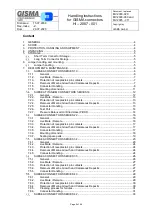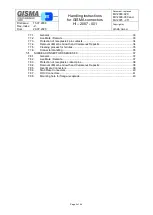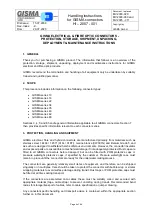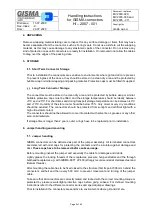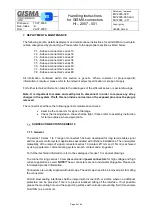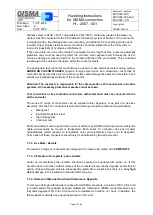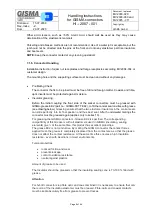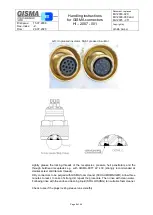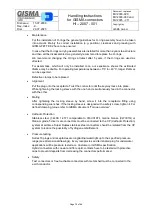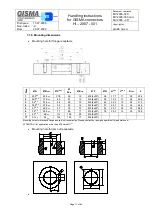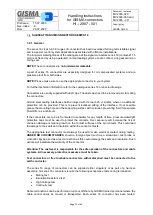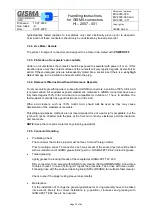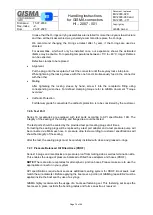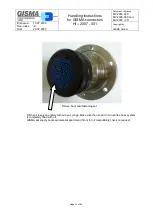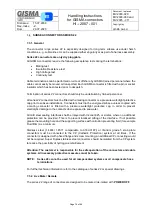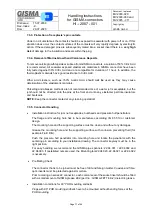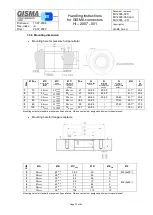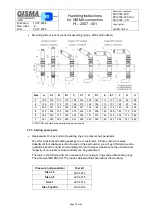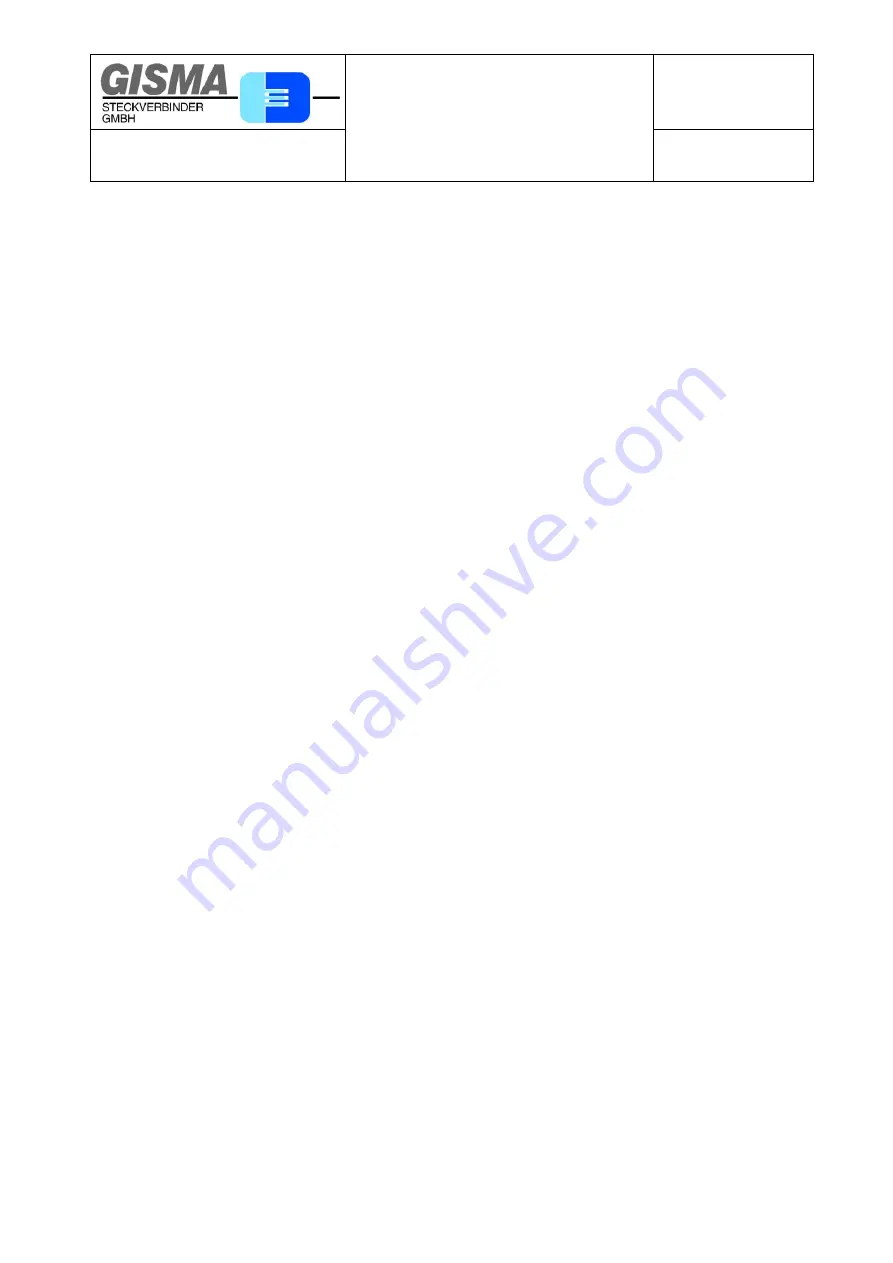
Handling instructions
for GISMA connectors
HI
– 2007 - 001
Document: replaces
MV 2000-020,
MV 2000-030 and
MV 2005 - 011
First issue:
15.07.2008
Rev.-Index: -Z-
From:
29.07.2020
Copyright by:
GISMA GmbH
Page 4 of 44
GISMA ELECTRICAL & FIBRE OPTIC CONNECTORS -
PROTECTION, STORAGE, SHIPMENT, UNPACKING,
DEPLOYMENT & MAINTENANCE INSTRUCTIONS
1. GENERAL
Thank you for purchasing a GISMA product. The information that follows is an overview of the
protection, storage, shipment, unpacking, deployment and maintenance instructions for GISMA
electrical and fibre optic products.
GISMA recommend the termination and handling of all equipment only be undertaken by suitably
trained and qualified personnel.
2. SCOPE
This procedure includes information on the following connector types:
GISMA series 10
GISMA series 16
GISMA series 22
GISMA series 34
GISMA series 35
GISMA series 40
GISMA series 42
GISMA series 80
Sections 3, 4, 5 and 6 handle general information applicable to all GISMA connectors. Section 7
then provides specific information relevant to each connector series.
3. PROTECTION, HANDLING AND SHIPMENT
GISMA electrical, fibre and hybrid connectors are manufactured primarily from materials such as
stainless steel 1.4404 / 1.4571 (316L / 316Ti), marine bronze (CW307G) and titanium Grade 5, and
as such are designed to withstand harsh saliferous environments. However, the connector insulator
and exposed parts are susceptible to mechanical damage if not adequately protected. Dust caps are
fitted to all GISMA connectors before transport, but can be fitted with POM protective caps or
pressure watertight protective caps, if specified by the customer. Pressure watertight caps must
remain in place until the connectors are ready for the underwater mating process.
The connectors are generally relatively small items of equipment, and therefore, can be shipped
singularly or in multiples. Care should be taken to protect the connector with bubble wrap or similar
wrapping materials to avoid surface damage during transit. Dust caps or POM protective caps must
be fitted at all times during transport.
If the connectors are assembled onto cables these must be suitably coiled and secured with
appropriate material (tape, cable strap) to prevent uncoiling during transit. Recommended bend
radius for storage/transport of cables, refer to cable specification or jumper drawing.
Any connector-specific handling and transport advice is contained within the appropriate section
further on in this document.


